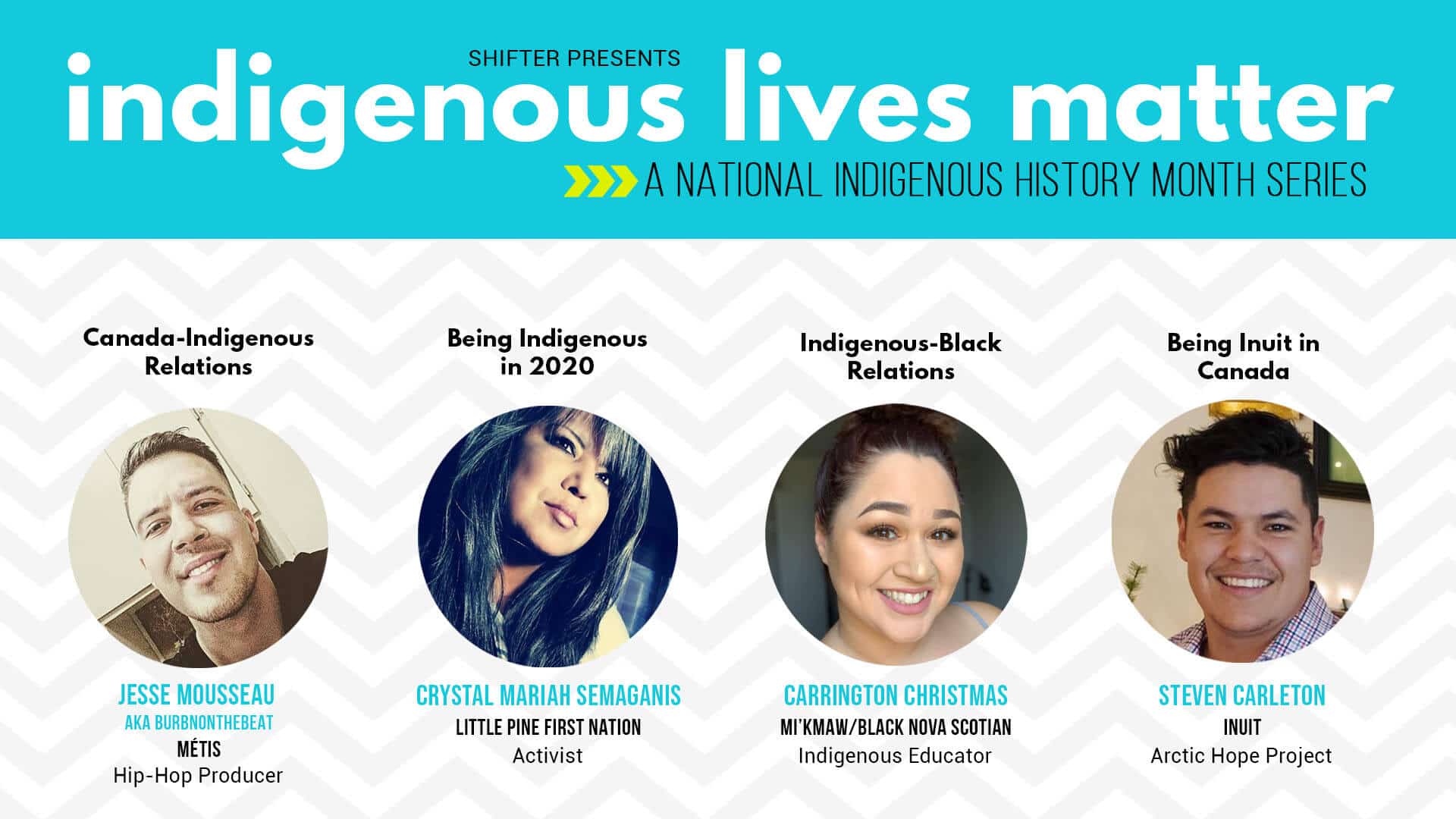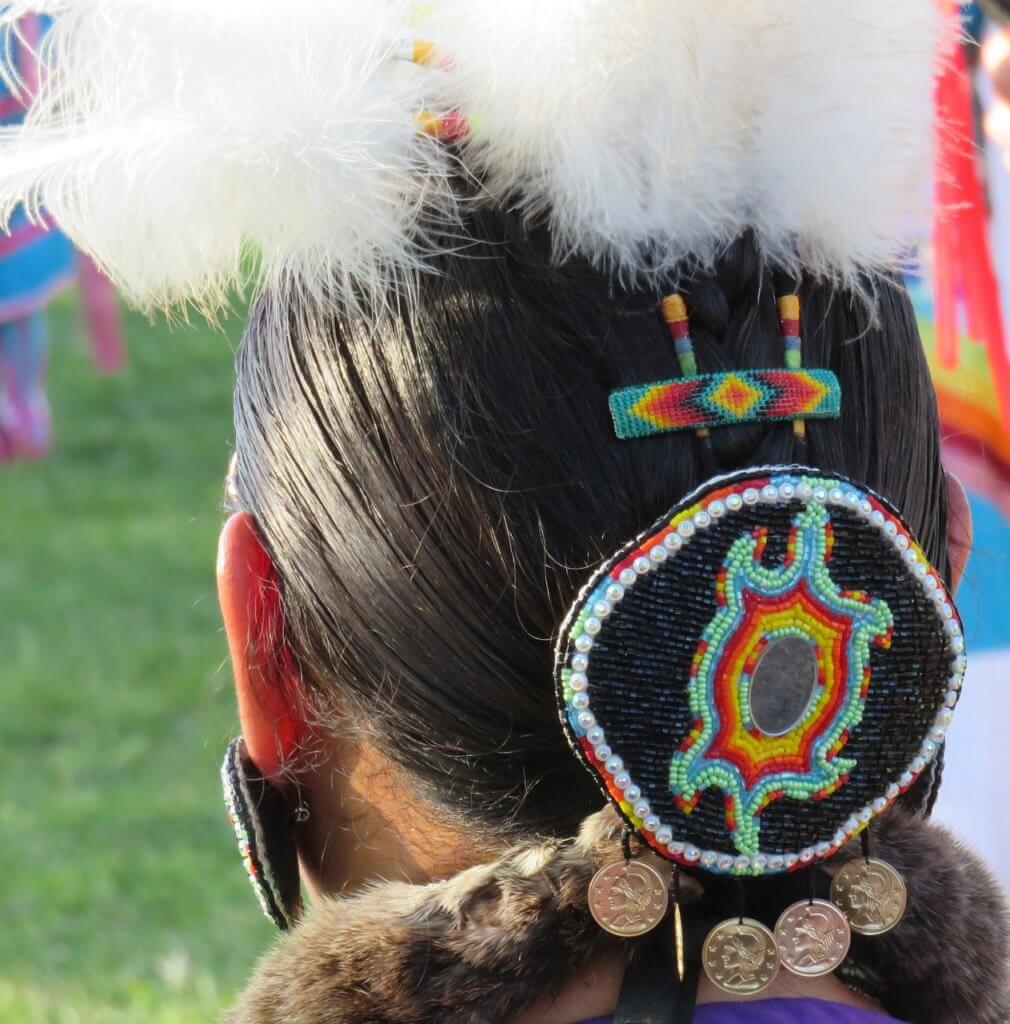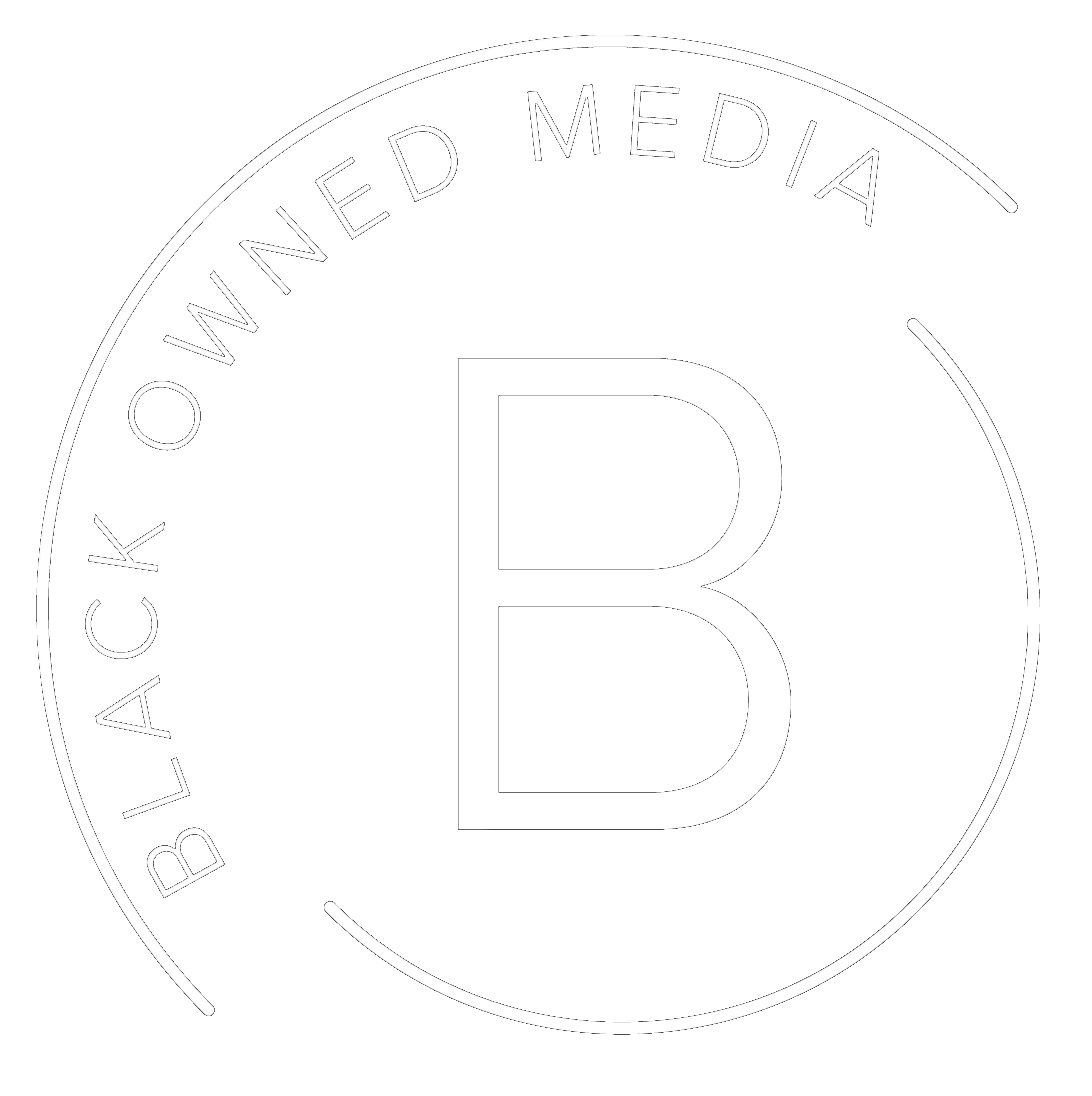Indigenous Lives Matter is a four-part article series featuring Métis, First Nations and Inuit writers talking about the Indigenous experience in Canada.
I am an Indigenous woman, an activist, a Land Defender, a Water Protector and some would say, “Eco-Terrorist.” Recent headlines have shone a bright light on racism and the troubled relationship between Canada and its Indigenous people. Having spent almost five decades on the front lines of an Indigenous revolution, I have had a front seat witnessing white privilege, racism and oppression which often is embedded in Canada’s Indigenous policy, child welfare, and socio-economic practices.
I’m a Sixties Scooper, one of over 200,000 Indigenous children apprehended between the late 1950’s and 1990’s, and was raised in small town Saskatchewan in a white family. This social experiment is making news recently, with a settlement underway as a means of attempting to right the wrong in this failed social experiment. I was raised within a white family and saw how things worked for them – access to opportunities, existence without scrutiny, and freedom – as a reality. Fast forward to adulthood, and the disparity between what my white family enjoyed as Canadians compared to what my Indigenous (biological) counterparts are denied – was obvious and traumatic.
Being Indigenous in Canada to me, means having to live under an invisible set of rules. It’s frequent injustices that you cannot escape and often cannot change. Canada regulates its Indigenous people to this day through policy and societal segregation. Racism isn’t always the blatant name calling and violent acts, instead it’s the ever constant pressure of things unspoken – silent actions and denials, sanctions, maltreatment, and invisibility. It’s having to prove oneself to a degree higher than others in fighting for the same rights others take for granted. It’s a myriad of invisible sanctions that you’re forced to abide by.
The Indian Problem, according to Canada, remains despite deliberate attempts to silence us. Assimilation came in waves – Residential School, the 60’s Scoop, and now the Millennial Scoop, all within Canada’s paternalistic framework that undermines the inherent rights of Indigenous peoples. Relocation, genocide, intergenerational trauma, Murdered and Missing Indigenous Women, the justice system, education and more, have all failed my people, yet give the illusion to the rest of society that Indigenous people are a burden to be managed. In the 1970’s and 80’s, we fell under the scope of DIAND, or the Department of Indian Affairs and Northern Development – lumped together with natural resources – and commodified. And thus, expendable and free to manage in oppressive policies not imposed on any other race in Canada. When we are commodified, the onus to recognize our humanity is removed.

The Indigenous peoples of Canada remain and grow in spite of this. In fighting for our rights, our traditions, language and all that was taken from us (including our children and land), we persevere and you will find activists like me on the frontlines of injustice, protesting the short sighted use of our natural resources in marches, vigils, and demonstrations across the country. We have witnessed the decimation of our Mother Earth and our spiritual connection to her is mourned on a daily basis by our people. We are Warriors, we are fierce and often, misunderstood.
Canada has spent decades managing the Indian Problem and has not yet succeeded. We stand in the way between capitalism and the rampant misuse and consumption of our national resources. We’re a thorn in Canada’s side, never going away and always holding the nation to account to future generations. The government of Canada continues to misstep and diminish by allowing blatant racism in its most prestigious halls by allowing Senator Lynn Beyak to remain, policed by a panel of her peers and unchecked by Indigenous Canada. We’d have something to say about her views and being part of the Senate, but no one is asking us. Canada teaches the people of this country the value of its Indigenous people over and over, yet still the adherence to the Truth and Reconciliation Commission’s recommendations has not yet been fully realized. It feels as if the Truth and Reconciliation Commission was a band-aid solution to a deep ingrained problem – racism.
The hardest thing about racism is explaining it to our kids. The warnings, the “How not to get shot” or “How to avoid CAS [Children’s Aid Society]” speeches that non-people of colour families don’t even think about. It’s the knowing your son is the same age as Colten Boushie or Tina Fontaine or Greg Ritchie, and their vulnerabilities are that much more exponential than white youth. It’s allowing them to go out into the world, knowing that society sees them pre-empted, through a skewed lens that’s been ingrained since birth by Canada and its oppressive policies often rob you of your birthright to culture, language, land, and the spirit that is Mother Earth.
So in thinking of my white adoptive family and the larger society in which we forge our way, I ask them, “How can you have credibility in debates about race, when you yourself are immune to this social disease called racism?” My people are dying in 2020. Recognize our humanity – we aren’t going anywhere.
Crystal Semaganis is a North Bay based artist and activist from the Little Pine First Nation, Treaty No 6, Battle River Cree
Related article:
NUMBERS DON’T LIE : THE CANADIAN JUSTICE SYSTEM IS FAILING INDIGENOUS PEOPLE





